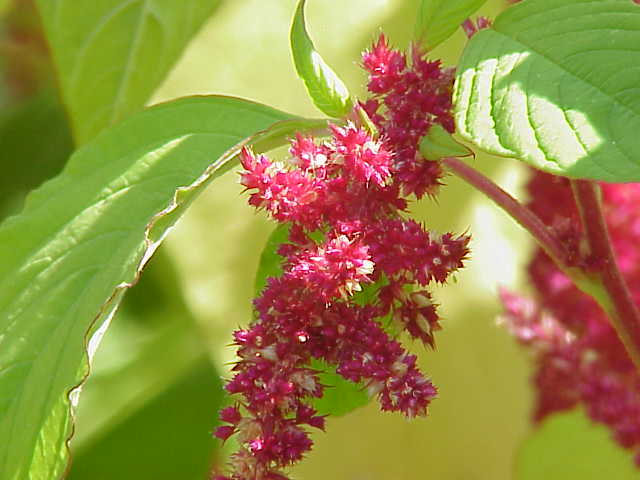Usage:
{{EWP
| name = common name
| binomial = Genus species, or just genus (optional)
| image = primary image
| image_caption = (optional)
| image2 = second image (optional)
| image_width = 300px (default, applies to both images)
| range = where found
| description = Physical description of plant
| use = how the plant is used as an edible
| warning = (optional) list poisonous parts of the plant (if any)
as well as any poisonous plants that can be mistaken for this one.
| potherb = y (if the plant can be used as a potherb, set this equal to 'y')
| salad = y (if the plant can be used as in a salad, set this equal to 'y')
| tuber = y (if the plant's tuber is edible, set this equal to 'y')
| beverage = y (if the plant can be used as a beverage, set this equal to 'y')
| boil = y (if the plant is prepared by boiling, set this equal to 'y')
| fry = y (if the plant is prepared by frying, set this equal to 'y')
| raw = y (if the plant can be eaten raw, set this equal to 'y')
| roast = y (if the plant is prepared by roasting, set this equal to 'y')
| bake = y (if the plant is prepared by baking, set this equal to 'y')
}}
Example:
Amaranth
Description: Amaranth, is a cosmopolitan genus of annual or short-lived perennial plants. Catkin-like cymes of densely packed flowers grow in summer or autumn. Approximately 60 species are recognized, with inflorescences and foliage ranging from purple and red to green or gold. Although several species are often considered weeds, people around the world value amaranths as leaf vegetables and cereals.
Where found: Worldwide in temperate and tropical zones
Availability: Summer, Fall
Use: Amaranth species are cultivated and consumed as a leaf vegetable in many parts of the world. The seeds can be collected and used as a grain (or ground into flour). To maximise seed harvest, shake the near-mature seed heads into a paper bag or onto a canvas. If the growing area is large, it is faster to cut the heads all at once when most of the seeds are ripe. The fully ripened heads tend to drop their seeds. Dry for a week and thresh the heads with gloved hands or feet on canvas as the chaff is somewhat prickly. The seeds may be lost when winnowing because the chaff and seeds are of similar size and the seeds are of a light weight. If you heap uncleaned seeds in a bowl and toss them, the light debris will concentrate on the top and can be blown away. Repeat this until only seeds remain.

